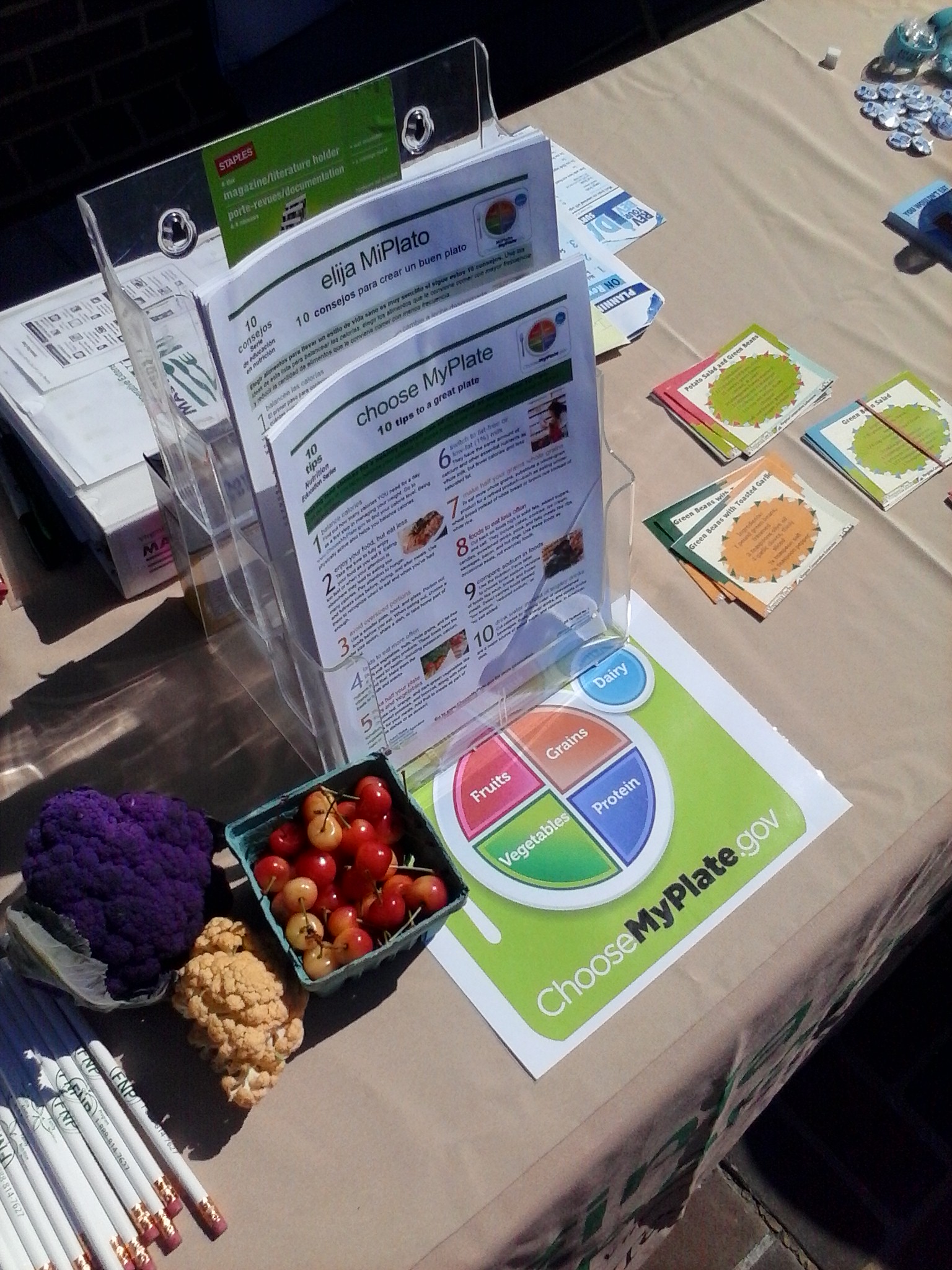“I Can Shine Garden” teaches children to grow vegetables
By Alice Reid
Thanks to a hard-working group of children and more than a dozen volunteers, we’ve had a productive and fun spring at the “I Can Shine Garden” at Tancil Court in Alexandria.
While the weather was still cool, the children planted seeds for collards, spinach, bok choy, and lettuce as well as peas, radishes, and carrots. For their labors, they have harvested more than 10 pounds of collards, several bags of peas, lots of carrots and so much Swiss chard and bok choi that there’s been enough to supply several dishes for the children’s after school snack. Bok choi was the big surprise. The kids went from “Hunh? What’s that?” to “Yum, we want more.”
Coming along we have four tomato plants, a handful of pepper plants, some zucchini plants, pole beans ready to climb on our teepee, and some cucumbers to compete with them. Over in our little “annex”, i.e. two abandoned tree wells in the court yard of this Old Town Alexandria public housing project, we have a watermelon patch going, and a 10 by 10 foot area that the kids planted with sweet potato slips they rooted themselves. Keep your fingers crossed that the potatoes catch on. Oh, and we have two baskets of regular potatoes coming along as well.
We are also participating with the U.S. Department of Agriculture in a Harlequin Bug experiment (the Organic Vegetable Garden is also participating in this experiment). The USDA is trying to find the best kind of bait to lure these voracious bugs away from collards and their other cabbage-family favorites and into traps. We have four USDA-supplied collard plants at the corners of Tancil Court. Each one has a pheromone-laced bait hanging above it to lure the bugs. Each week the children tour the baits, count and collect any harlequin bugs that may be resting on the plant leaves. They bag and freeze any they find, and those are collected by the USDA. Tancil Court is one of several area gardens participating in the experiment.
Summer is when we focus on harvesting our crops and maintaining our garden. We’re also hoping to do a couple of projects such as making solar ovens and baking a pizza using some of our own produce.
We sometimes use healthy snacks as a teaching tool, such as serving “parts of the plant salad,” – carrot roots, celery stems, spinach leaves, broccoli flowers, pea seeds, and tomato fruits – all blended with a little ranch dressing.
This project started three years ago under the auspices of a city effort to combat childhood obesity through healthy activity, i.e. gardening, and healthy eating habits. The garden has certainly helped these children on both fronts.
Reposted from the Master Gardeners of Northern Virginia blog.


